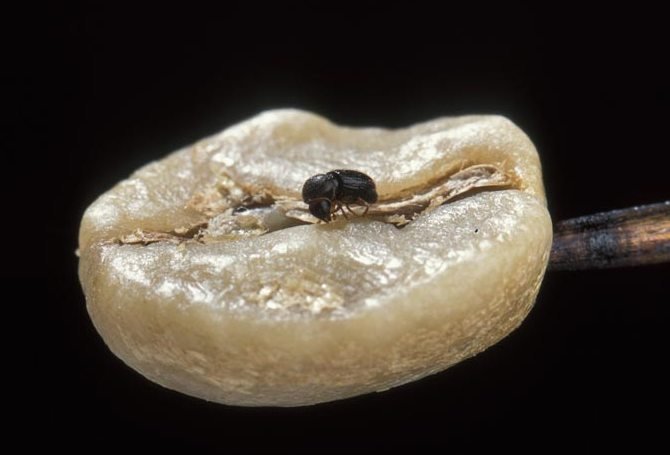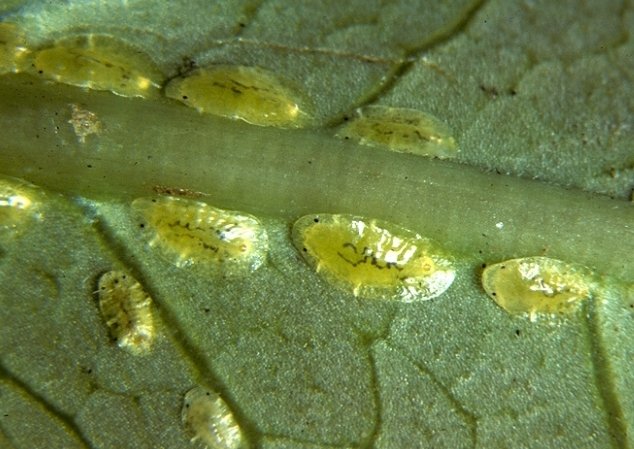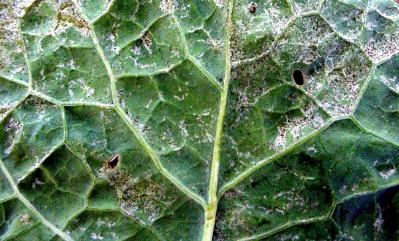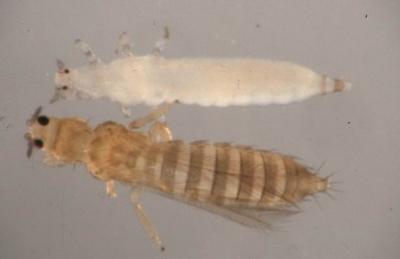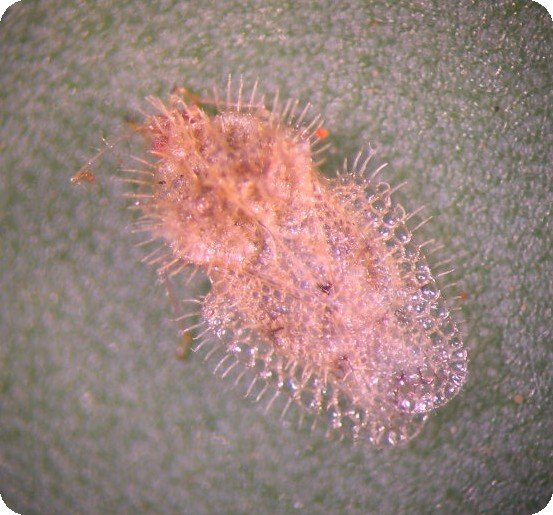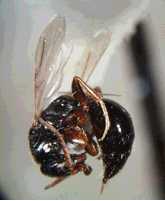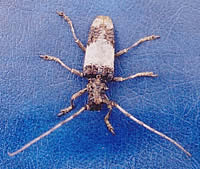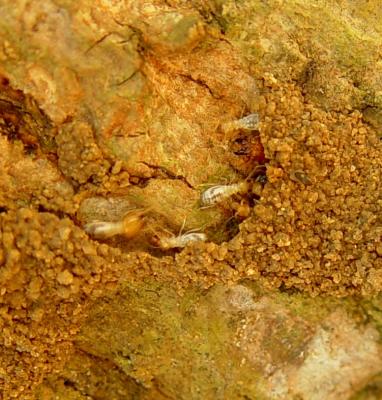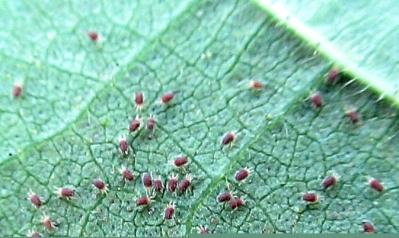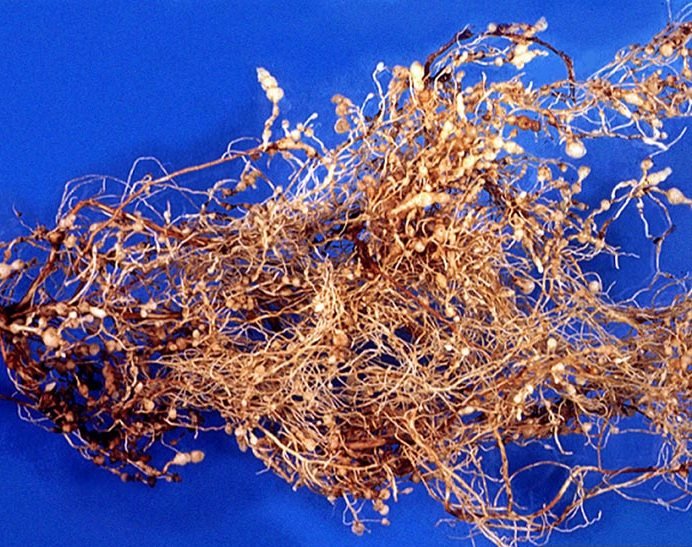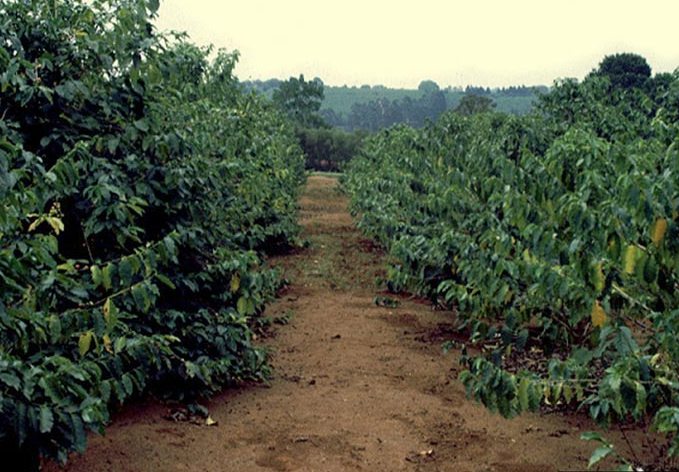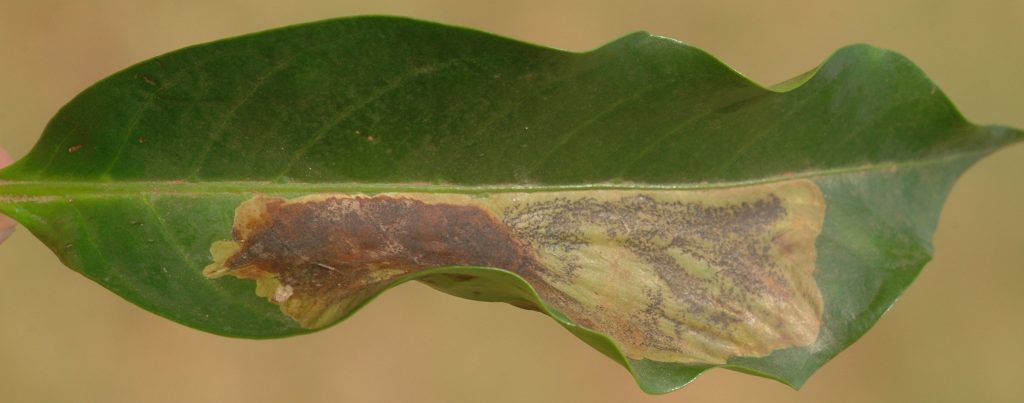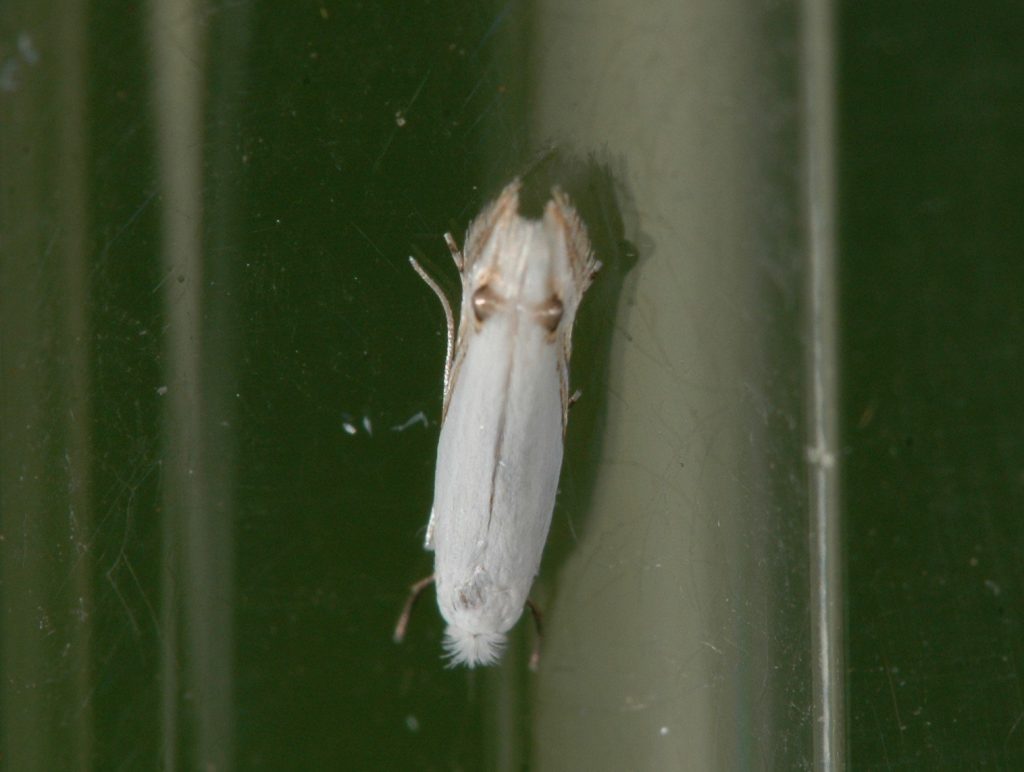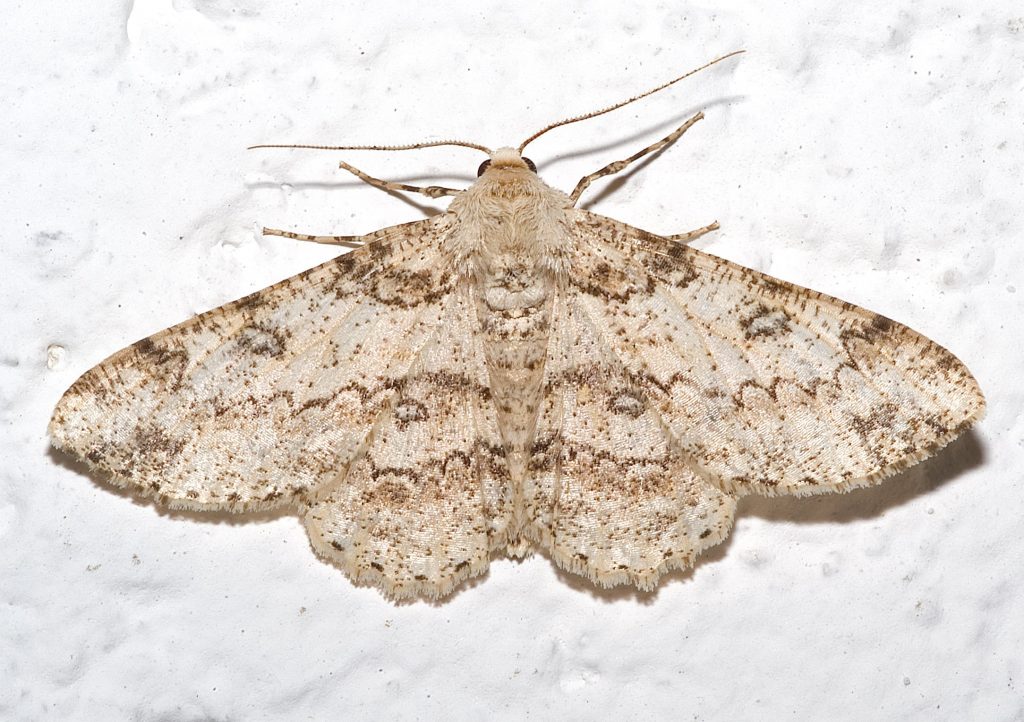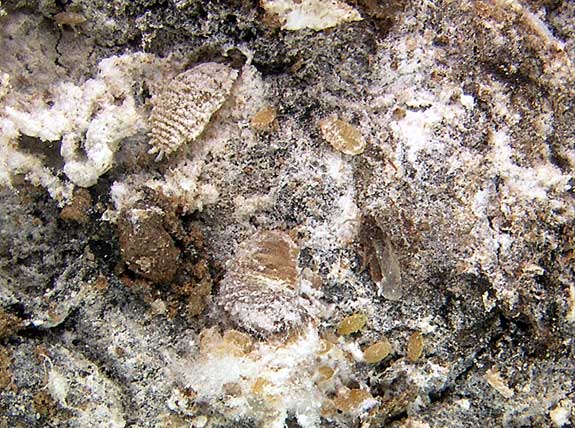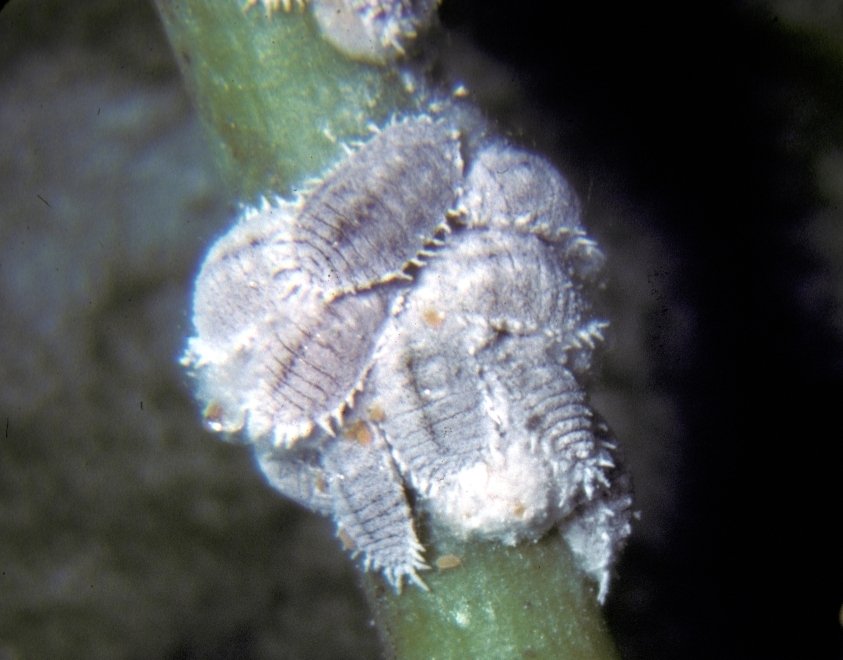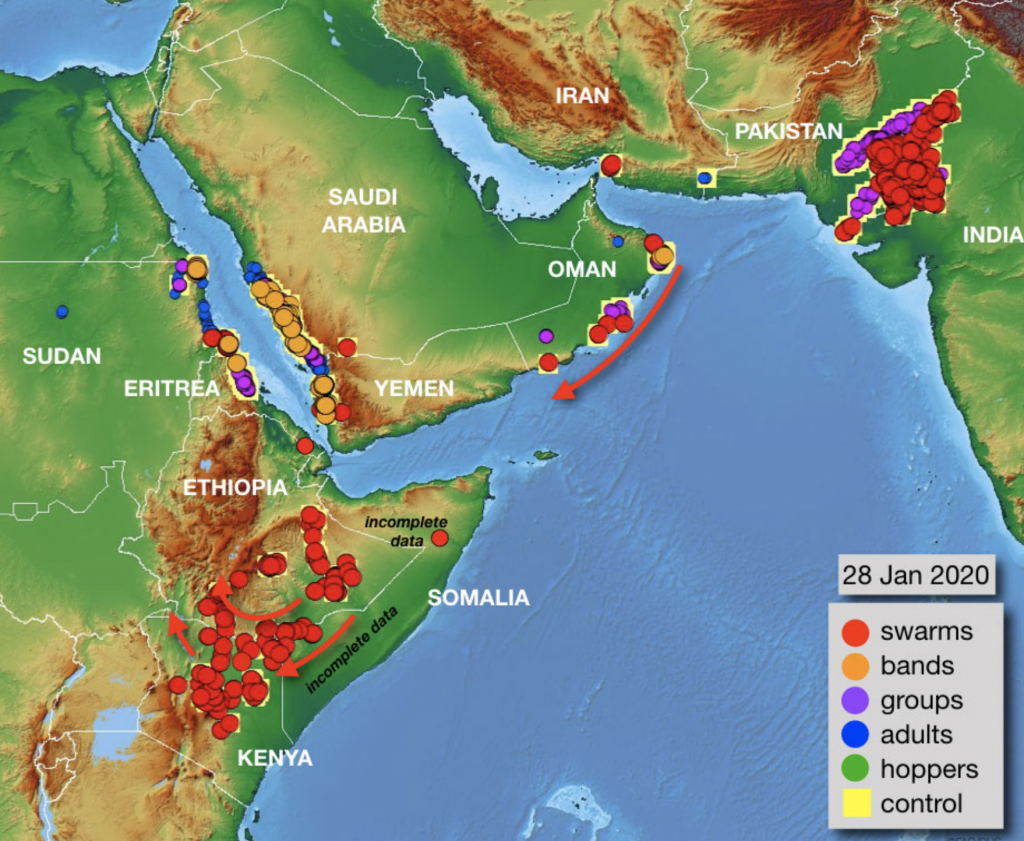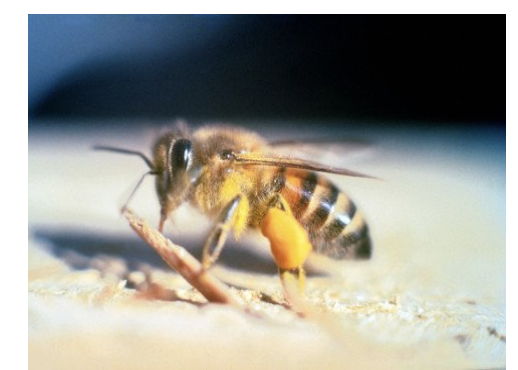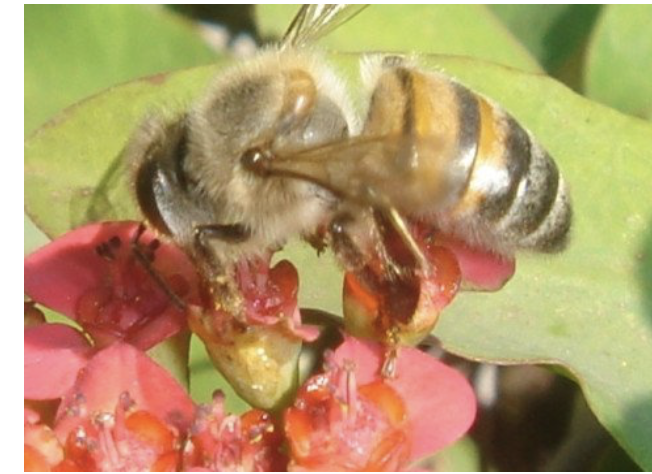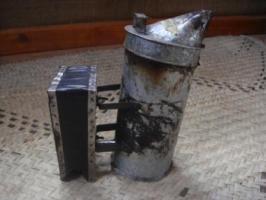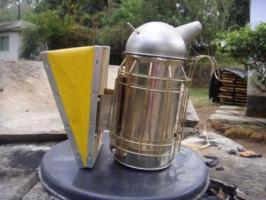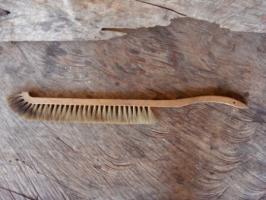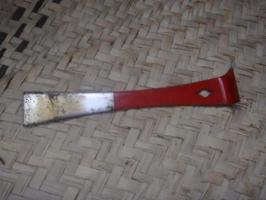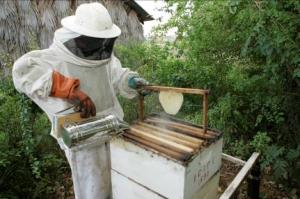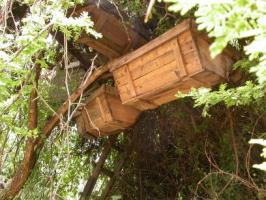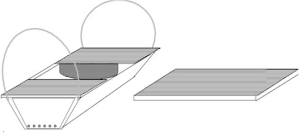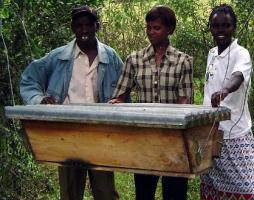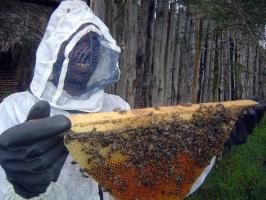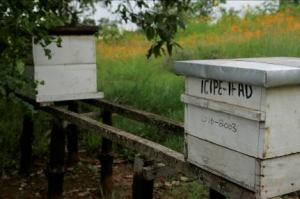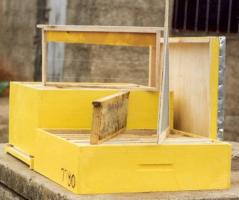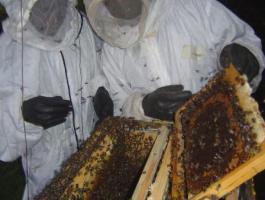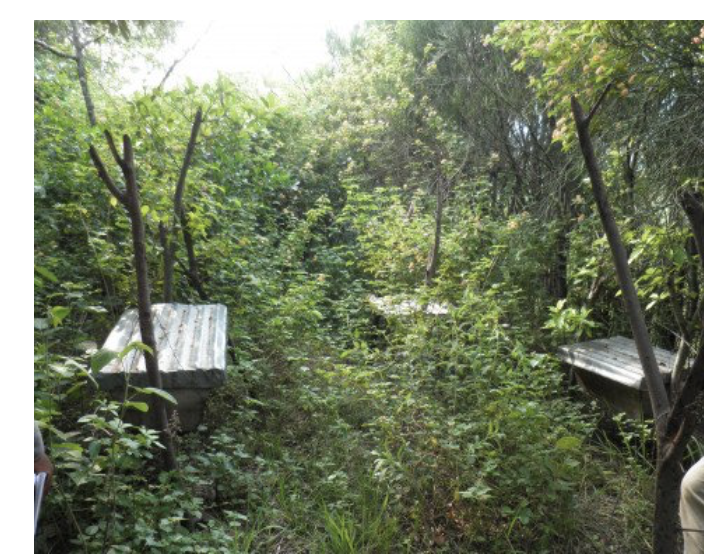Credits: Biovision-Infonet
Health of goats
If animals are well fed, well watered and well managed disease is rarely an every day problem. Goats are generally tough and resilient. Problems come when a farmer begins to expect greater production from his animals by crossing them with exotic breeds. More intensive management is required the more an animal is expected to produce, and this management does not depend on sticking needles in animals. A good goat manager will know the requirements of his/her goats and take great care that their needs are well taken care of. A healthy goat has
- a smooth shiny coat
- bright eyes
- good appetite
- easy quick movements
- will rest and chew cud regularly
- will pass normal feaces and urine (color and consistency can change with change in feeds)
- normal body temperature of 40degC (+- 1degC) higher in the morning than in the evening.
- normal respiration rate of 12-15 breaths per minute (faster in kids).
Diagnosis of sick animals
The early awareness of sickness in animals is important to successful treatment. The longer an animal is sick the more difficult it will be to cure. Early signs of sickness:
- Stops eating and possibly also drinking
- Becomes dehydrated
- The temperature rises
- Respiration rate increases
- The animal becomes dull and lags behind the others
- The coat becomes rough and looses its shine
Always observe a sick animal before rushing into conclusions. Take its temperature, look for outward signs such as coughing, wounds, diarrohea etc.
Dehydration (lack of liquid in the body) can kill the animal, so the first thing is to provide the animal with shelter and plenty of clean drinking water. Then the sick animal needs energy to fight off the disease. A thin porridge made with any clean grain flour and boiled up with a bit of salt, sugar or honey and cooled is a good supplement to feed a sick goat.
Depending on the size of the goat they can be given up to 4 bottles a day at regular intervals. Alternatively make a rehydration solution from 1 liter of boiled water, 4 tablespoons of honey or sugar and 1 teaspoon of salt and give as a drench. A sick goat will respond better to treatment in the company of another goat. In the case of constipation a very simple remedy is 1 egg / 250 gr sugar beaten well together and fed slowly to the goat with a syringe. If symptoms persist, consult your vet.
Feeding sick goats
Feed goats well when ill. Good feeding will give strength. Small, weak, young and sick goats should be fed separately. Follow the best way to feed goats carefully and handle them gently. Diseases and parasites are one of the main constraints to goat production in Africa. In addition, diseases and parasites reduce the condition of goats, severely affecting overall production. Disease, parasites, low nutrition, poor management, lack of sanitation and hygiene affect the health and performance of goats. Poor feeding and management reduce the resistance to attack by disease and parasites.
Goat diseases
Listed below is a brief account of the more important aspects of goat diseases. Farmers should seek veterinary assistance whenever in doubt about appropriate prevention and control.
1. PPR (Peste des Pestes Ruminants)
Also known as goat plague or rinderpest. This is a serious viral infection. The clinical symptoms and PM results resemble those in cattle with rindepest. The infection has a 4-5 day incubation which is followed by pyrexia (high fever) lasting 6 – 8 days. The spread of the infection is primarily respiratory, through nasal execution. Mortality is high within a week and the disease can be followed by secondary pneumonia. Kids are much more affected than adults.
Symptoms:
- High fever
- Oral necrosis
- Catarrh
- Nasal discharge
- Diarrhoea
Prevention:
- Annual inoculation
- Slaughter of infected and exposed animals
- Restriction of animal movement to control spread
Treatment/Control: No effective treatment.
2. Contagious Caprine Pleuro- Pneumonia (CCPP)
Contagious caprine pleuro-pneumonia, or CCPP, is a highly contagious respiratory disease. Infected goats infected become very sick and often die. The disease is caused by two different Mycoplasma bacteria (Mycoplasma capricolum capripneumoniae – also known as Mycoplasma F-38 and Mycoplasma mycoides var. capri). Transmission is by droplet infection from nasal discharge, especially if goats are confined. The mortality rate can be 100%.
Prevention:
- Quarantining for several weeks any animals coming new to the farm before introducing them into the herd, especially if the goats came from countries known to have the disease.
- Thorough cleaning and disinfection of the premise
- Slaughter of infected and exposed animals
- Restriction of animal movement to control spread
Treatment/Control:
- Contact your veterinary immediately
- Antibiotics such as Tylosin and Baytil can be used.
- Vaccination is the best control.
3. Pneumonic pastuerellosis (PP)
Caused by two Pasteuerella micro organisms (p haemolytica and p. Multocida type 11). It is spread by droplet infection and outbreaks are usually sporadic. The clinical symptoms are similar to those in CCPP. The disease seems to be triggered by stress and as a result is often referred to as ‘shipping fever’ as the disease often manifests itself after transportation.
Treatment/Control:
- Yearly vaccination
- Elimination of stress factors in the management and handling of animals
- Antibiotics such as Tylosin and Baytil can be used
4. Haemorragic Septicaemia
A particular strain of pasteurella multocida. Type 1 is the case of Haemorragic Septicaemia. Animals under stress are particularly susceptile. It is spread by carrier animals by droplet infection. Virulence increases after rapid passge through a number of animals.
Treatment/Control:
- Antibiotics such as Tylosin and Baytil can be used.
- There are several vaccines on the market which can provde up to 2 years immunity. Vaccine should be administered 2 months before stress (i.e., transport) or just prior to the rainy season in humid areas.
5. Foot and Mouth Disease (FMD)
FMD affects all cloven hoofed animals and is prevalent throughout East Africa. The disease is transmitted by direct contact or by material contaminated with discharge lesions. Incubation 3 – 8 days.
Symptoms:
- Salivation and foaming at the mouth.
- Formation of vesicles (blisters) in the mouth, feet and liver.
- The feet are painful thus movement is restricted. For the same reason the animal finds grazing and eating difficult.
Treatment/Control:
- Since the disease is spread by contact with infected animals, every precaution should be taken to minimise contact. Movement should be prohibited and foot baths should be used on infected farms.
- Vaccination is highly recommended at the onset of an outbreak. However, the vaccine is not always readily available.
6. Orf
A viral infection spread by droplets and saliva. Symptoms similar to FMD but not as serious. Lesions on mouth and nose. In severe infections lesions can spread to genitals. Infection in well fed animals usually disappears after 3-4 weeks. Mortality rate: low but growth and productivity affected due to painful feeding.
Treatment/ Control:
- No effective cure known.
- Vaccinate at first signs of outbreak
7. Coccidiosis
The disease occurs primarily in intensive units where adults and kids are housed together. The disease seldom occurs under extensive and good management.
Symptoms :
- Foul smelling diarrhoea (with no blood).
- Temperature rises and there is no interest in food.
Prevention/Control:
- Administrate Sulphamezathine for 5 days.
- Isolate infected animals
- Effective sanitary measures are essential. Infected stalls and feed pans should be thoroughly disinfected and rested for 24 hours before reuse.
8. Anthrax (Miltsiekte)
The disease is caused by the bacterium Bacillus anthracis (similar to botulism). Acute death without any symptoms. NEVER OPEN THE CARCASS. This will spread the disease which is HIGHLY CONTAGIOUS, even to humans. Disease is spread by water and food contamination with blood and excretions or by wound infection (puncture wounds by thorns). Incubation period 1-3 days.
Symptoms:
- High fever, shivering and trembling, sometimes diarrhoea. Sudden death
- Rapid bloat and decomposing of the carcass.
- Rigor mortis DOES NOT occur. After death, blood appears at the natural openings (nose, anus etc., )
Treatment/ Control:
- No treatment as disease is noticed too late.
- The best prevention is annual vaccination if there are known cases in the area during the previous 5 years.
- Do not let animals graze near the infected area.
- NOTIFY THE VETERINARY DEPARTMENT IMMEDIATELY. This is a notifiable disease.
9. Clostridial diseases
Tetanus (Lock jaw)
The caused by a neurotoxim produced by the Clostridium tetani bacterium. Spores enter the body through wounds (i;e., following castration, ear tagging, thorns and puncture wounds etc., ) The toxin affects the central nervous system producing symptoms including: erect ears, elevated tail, extended neck, standing with forelegs and hind legs extended. The animal cannot eat or drink, is sensitive to any light touch, sharp noise or bright light. Animal may lie down on its side with stiff limbs stretched out and off the ground. Mortality is high and, even if an animal recovers, their productive life will be severely impaired. Recovery is very much dependent on the standard of care of the sick animal.
Prevention/Control:
- Keep the animal in a dark and quiet place.
- Treat the animal with penicillin.
- Animals should be vaccinated before kidding, then annually.
- Infection is always caused by hygiene (i.e, puncture wounds, castration etc.). Disinfect any and all wounds. Castration with elastic bands should be used with caution.
- Infected carcasses should be handled with care and incinerated.
Black Quarter
Caused by the Clostridium chauvoei bacteria.
Symptoms include fever, loss of appetite, stiffness and swelling of
affected area. Initially the swelling is hot and painful, but soon
becomes cold and painless. Overlying skin becomes dark. Treatment should
commence as soon as symptoms commence. Mortality is high and occurs
within 24-36 hours.
Treatment/Control:
- Treat with penicillin or oxytetracycline (usually unsuccessful).
- Disease is almost always the result of infection of a wound caused by management practices (castrating etc., and environmental causes (thorn punctures).
- Vaccination annually (vaccine may not be readily available).
- Hygiene is very important.
- Carcasses should be handled with care and incinerated.
Enterotoxaemia (Pulpy Kidney Disease)
Caused by Clostridum welchi. An acute, often fatal disease, affecting goats of all ages (often those that appear fittest succumb). It is an epsiton toxin produced by bacterium clostridium perfringens type D. The onset is usually very rapid. Animals may be normal in the morning but dead by nightfall. Whilst the clostridium bacteria is present in the intestine of all goats, given favourable conditions (i.e., high levels of grain or carbohydrates) it can grow rapidly, resulting in toxicity (the disease is sometimes referred to as ‘carbohydrate engorgement’).
The main danger is the first few days after a change in diet (i.e., poor to rich pasture or the sudden addition of high carbohydrate food such as green maize husks.. PM will indicate a rumen packed with undigested carbohydrates and fluid throughout the gastric system. After death fluid may be seen to pour from the nose and mouth. The disease is nearly always fatal and symptoms are almost impossible to reverse.
Prevention / Control:
- Vaccination annually
Botulism (Lamsiekte/gallamsiekte)
Caused by clostridium botulinim bacteria;. These bacteria form spores which occur in the soil and can lie dormant for many years. Make sure animals do not suffer from mineral deficiency or show signs of pica (animals start eating soil or bones, as these can harbour the spores). Infection in well fed animals usually disappears after 3-4 weeks.
Symptoms:
- Lesions on mouth and nose. In severe infections lesions can spread to genitals.
- Stiffness of the limbs noticed in leg and neck muscles followed by partial or complete paralysis of all muscles.
- Tongue may protrude. In less acute cases animals have difficulty feeding and drinking.
Prevention:
- Annual Vaccination is the best prevention (especially if animals are fed with chicken litter).
Treatment/control:
- No treatment.
- Carcasses should be handled carefully and incinerated
Brucellosis
Brucellosis is not common in goats. It is a particularly dangerous infection as it can be transmitted to humans through milk. Brucellosis is caused by one or ore variants of Brucella bacteria of which B. melitensis is particularly important. Contagious abortion may result. The infection remains and the aborted does will not breed.
Prevention/ Control:
- Vaccination of male goats at weaning is recommended.
- Males should be tested for diseases before introduction into herd. DO NOT vaccinate female goats if they are pregnant as this may cause abortion. It renders bucks sterile
- Remove infected animals from the herd.
Caseous lymphadenitis (Cheesy gland disease/pseudotuberculosis/absesse)
The cause is Corynebacterium ovis bacteria. The symptoms include development of one of more abscesses in the lymphatic glands.
Prevention:
- Animal vaccination (not readily available in East Africa)
- Good herd hygiene.
Treatment / Control:
- Open mature abscess with a clean scalpel or knife on a soft spot. Squeeze the puss out of the abscess and collect it in a tin or plastic bag (DO NOT leave it lying around. Burn it or discard it where animals and humans cannot come into contact with it.). Flush the empty abscess with hydrogen peroxide, followed by a flush with a solution of salt water. Fill the empty abscess with Iodine or Betadine and spray with a disinfectant spray (gentian violet is excellent)
- No other adequate control treatment.
Mastitis
Both acute and chronic forms may be encountered. The disease is caused by different types of pathogenic bacteria but Staphylococcus and streptococcus agaiactiae are common. Generally caused by bad hygiene and poor management at milking time. Infected does have swollen, hot udders (sometime only part of the udder is affected). It is extremely painful and, if left untreated, further serious complications may follow and milk production will be impaired. Severe cases can be fatal if left unattended.
Prevention/Control:
- Absolute cleanliness at milking is essential.
- Infected does, after stripping the milk, can be given infusions of streptomycin or terramycin creams through the teat (not as effective) .
Hypocalcaemia (Milk Fever)
All milk goats suffer a fall in levels of blood calcium and phosphorous at the start of milking. In some instances the fall of blood calcium is so great that milk fever is the result. It is commonest in young does and high yielding first kidders, but it can occur in late pregnancy, during kidding and at any stage of lactation especially in high yielders. Milk Fever may occur soon after kidding. Symptoms include loss of appetite followed by restlessness, excitement and trembling. Inco-ordination will be followed by coma.
Treatment:
- Seek veterinary assistance immediately
- Affected does need 80 – 100 ml calcium boroglucomate with magnesium and phosphorous injected subcutaneously.
Transit Tetany
Can occur in milkers, dry does and male goats. It is caused by a combined deficiency in calcium and magnesium caused by stress i.,e fear and transport.
Signs and treatment: as in milk fever.
